1. Curfews Were Non-Negotiable
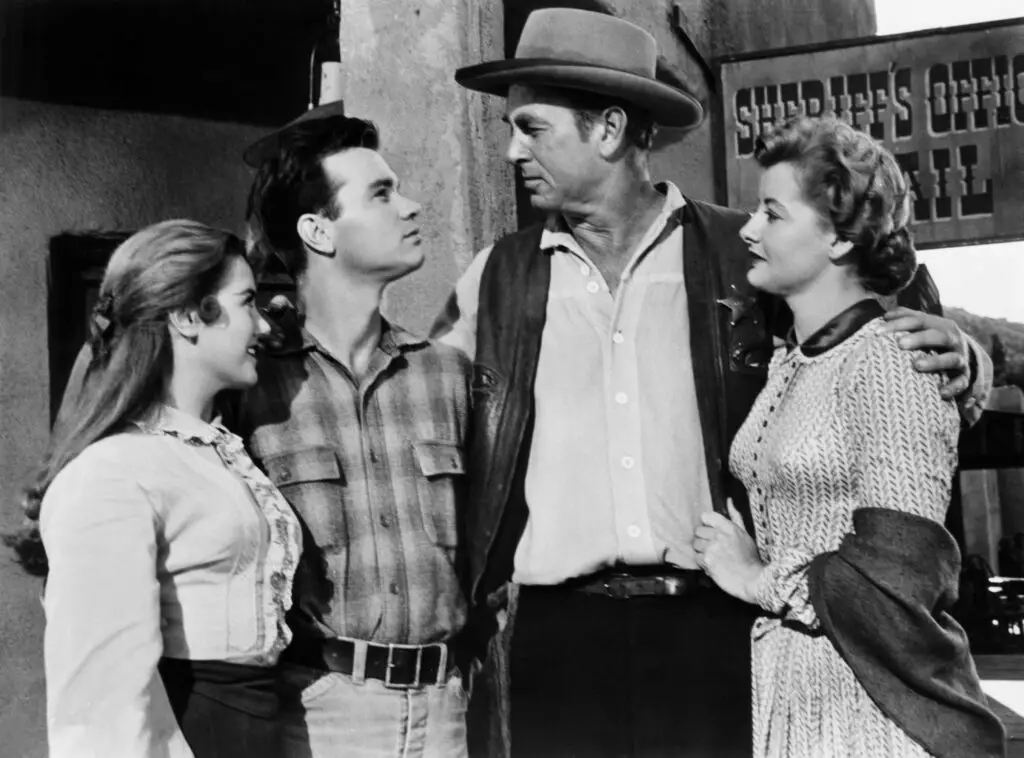
Back in the ’50s, parents weren’t shy about setting curfews, and these weren’t just suggestions—they were rules carved in stone. Many teenagers had to be home by 9 or 10 PM, even on weekends. The reasoning? It was all about maintaining a good reputation in the neighborhood. Staying out late was often seen as a sign of poor upbringing or rebellious tendencies. This wasn’t just about safety—it was about keeping up appearances in a community where everyone knew each other.
Teenagers who broke curfew could face some pretty harsh consequences. Groundings, lectures, or even extra chores around the house were common punishments. While some teens might’ve tried sneaking in through a window, parents weren’t easily fooled. It wasn’t uncommon for a father to wait up in his chair, ready to catch a latecomer red-handed. Today’s parents might set curfews too, but in the ’50s, it was an immovable rule.
2. Dating Required Parental Approval

Teenagers in the ’50s couldn’t just date anyone they fancied. Before going out with someone, it was often expected that parents would meet the person and give their blessing. For boys, this might mean nervously shaking hands with a stern father. For girls, it often meant a sit-down talk with a mother about their intentions. It was all part of maintaining family values and ensuring no one’s reputation was put at risk.
Some families went even further, insisting on chaperoned dates. A younger sibling or even a parent might tag along to keep things “appropriate.” Going steady, which meant exclusive dating, was a big deal and taken very seriously. It’s a far cry from today’s casual dating scene, where approval often isn’t part of the equation. Back then, though, getting a parent’s OK could make or break a budding romance.
3. Strict Dress Codes at School

Teenagers didn’t have much freedom in expressing themselves through fashion during the ’50s. Schools had strict dress codes, and breaking them wasn’t an option. Boys were expected to wear slacks and collared shirts, while girls had to stick to skirts or dresses. Jeans for boys were sometimes allowed but only if they were neat and paired with a belt. The idea was to keep students looking respectable and disciplined.
Girls faced even stricter rules, often being required to wear skirts that reached below the knee. Any signs of rebellion, like wearing too much makeup or shorter hemlines, could lead to detention or a call home. For many teens, these dress codes were stifling, but there wasn’t much room for argument. Fashion was tied closely to morality in the ’50s, so dressing the part wasn’t just encouraged—it was demanded.
4. Obedience to Authority Was Expected
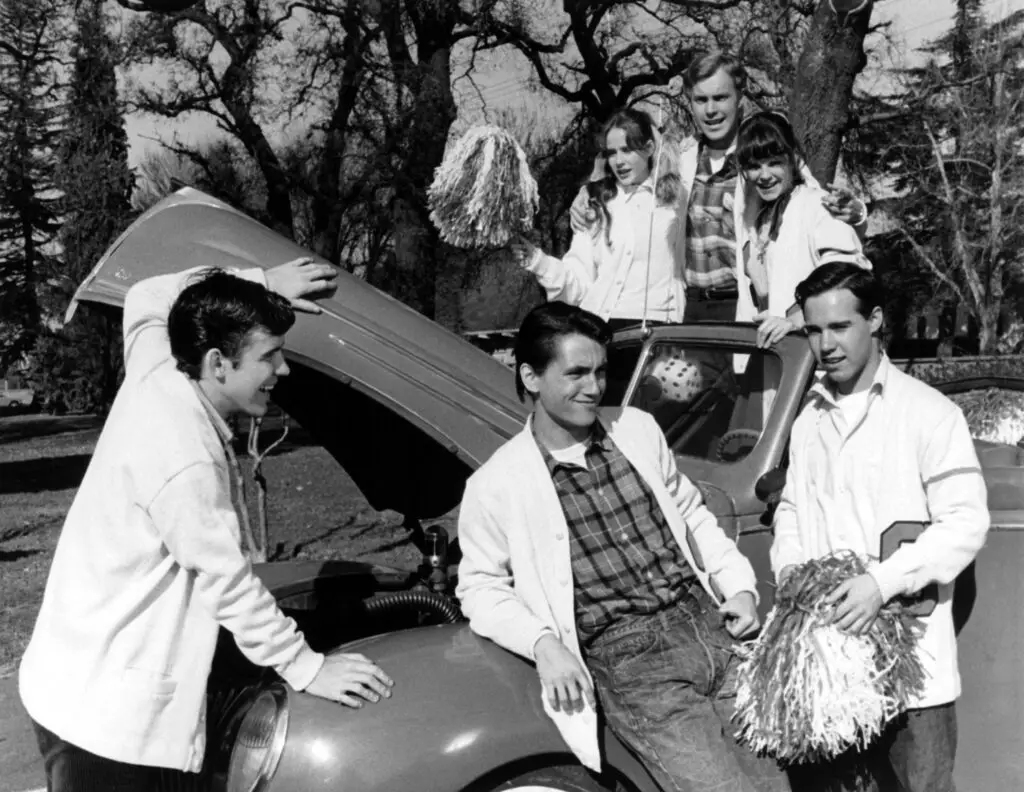
In the 1950s, questioning authority was practically unheard of, especially for teenagers. Whether it was a parent, teacher, or community leader, teens were expected to follow instructions without complaint. Talking back or defying an adult could lead to swift punishment, whether that was grounding, extra chores, or even physical discipline. The phrase “because I said so” was often the only explanation needed.
This respect for authority extended to all areas of life, including school and work. Teachers wielded significant power, and students who misbehaved could face public scoldings or worse. In the workplace, teenage employees had to adhere strictly to their bosses’ rules or risk losing their jobs. For many teens, life in the ’50s was about learning to fall in line and respect the hierarchy.
5. No Rock ‘n’ Roll at Home

While rock ‘n’ roll was the defining sound of teenage rebellion in the ’50s, it wasn’t always welcomed at home. Parents often considered the music too loud, too wild, and, frankly, too dangerous. Artists like Elvis Presley and Chuck Berry were seen as bad influences, promoting behaviors that parents wanted to keep out of their homes. Many teens had to sneak a listen or keep the volume low to avoid arguments.
In some households, rock ‘n’ roll records were outright banned. Parents worried that the music’s rhythm would lead their kids astray, away from the traditional values they were trying to instill. For teens, this made the music even more appealing—a secret rebellion against their parents’ rigid rules. Rock ‘n’ roll wasn’t just music; it was a symbol of freedom, and that’s why it sparked so many household debates.
6. Phones Had Strict Limits

In the ’50s, not every teenager had easy access to a phone, and even if they did, there were rules attached. Families typically shared one landline, and teenagers weren’t allowed to hog it. Long conversations with friends or a boyfriend/girlfriend were frowned upon. Parents would often remind their kids about the cost of long-distance calls, making sure the phone was used sparingly.
Privacy was also rare, as phones were often placed in the living room or kitchen. This meant anyone in the household could overhear conversations. Parents didn’t hesitate to interrupt calls if they thought it had gone on too long. For teens, the lack of privacy and strict limits were frustrating, but it was just another part of life in the ’50s.
7. No Mixed-Gender Sleepovers
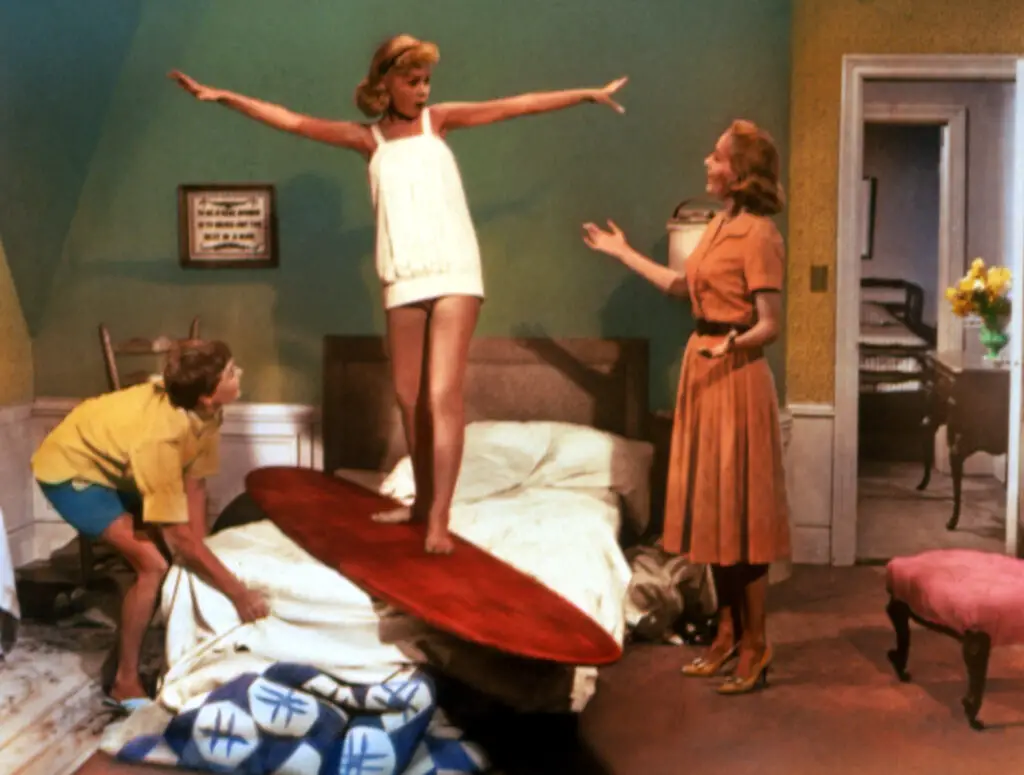
The idea of a mixed-gender sleepover was unthinkable in the 1950s. Even same-gender sleepovers were often limited to special occasions, like birthdays. Parents were highly concerned about preserving their child’s reputation and avoiding any behavior that could be seen as inappropriate. This rule was especially strict for girls, who were expected to maintain a pristine image.
Teenagers who wanted to spend time with friends of the opposite gender had to do so under close supervision. Group outings, church events, or school dances were the norm, but they came with plenty of watchful eyes. While today’s parents might allow co-ed hangouts with certain conditions, the ’50s left little room for bending the rules.
8. Girls Were Taught to Prioritize Homemaking
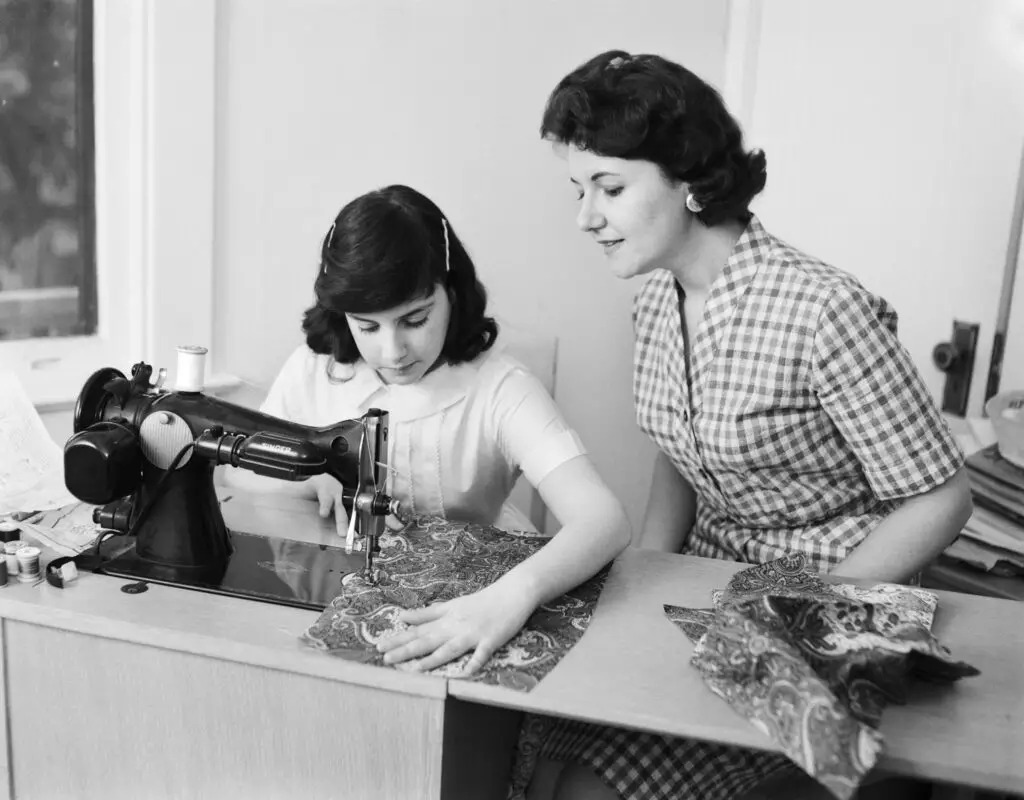
In the ’50s, girls were often expected to prepare for a future as wives and mothers. Schools even offered home economics classes that taught skills like cooking, sewing, and managing a household budget. These classes weren’t optional for many young women; they were seen as essential training. The idea was to prepare them for their “most important” role in life: running a home.
This focus on homemaking extended beyond school. At home, girls were often tasked with helping their mothers with chores, learning recipes, and caring for younger siblings. While some girls embraced these expectations, others found them stifling. This strict gender role left little room for personal ambition outside of marriage and family life.
9. Part-Time Jobs Were Limited
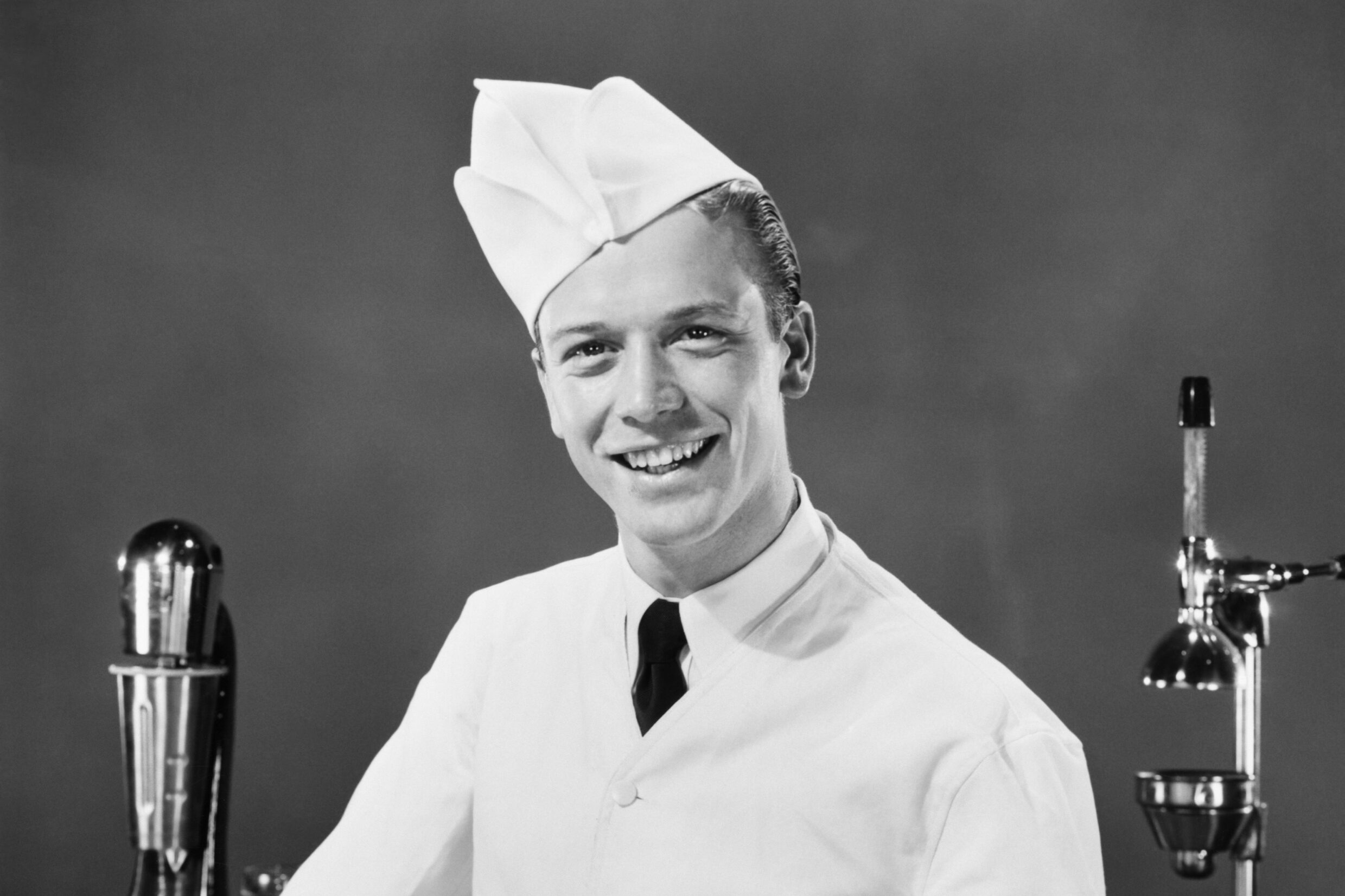
Teenagers in the ’50s who wanted to earn their own money had limited options for part-time jobs. Boys typically worked in roles like paper routes, grocery store clerks, or gas station attendants. Girls often found work as babysitters or in retail positions. These jobs were often seen as character-building, teaching responsibility and work ethic.
However, many parents placed restrictions on how much teens could work. School was considered the priority, and working too many hours was frowned upon. Unlike today, where teens balance school, sports, and part-time jobs, the focus in the ’50s was on keeping their schedules manageable. It was all about maintaining balance and ensuring education came first.
10. Limited TV Time
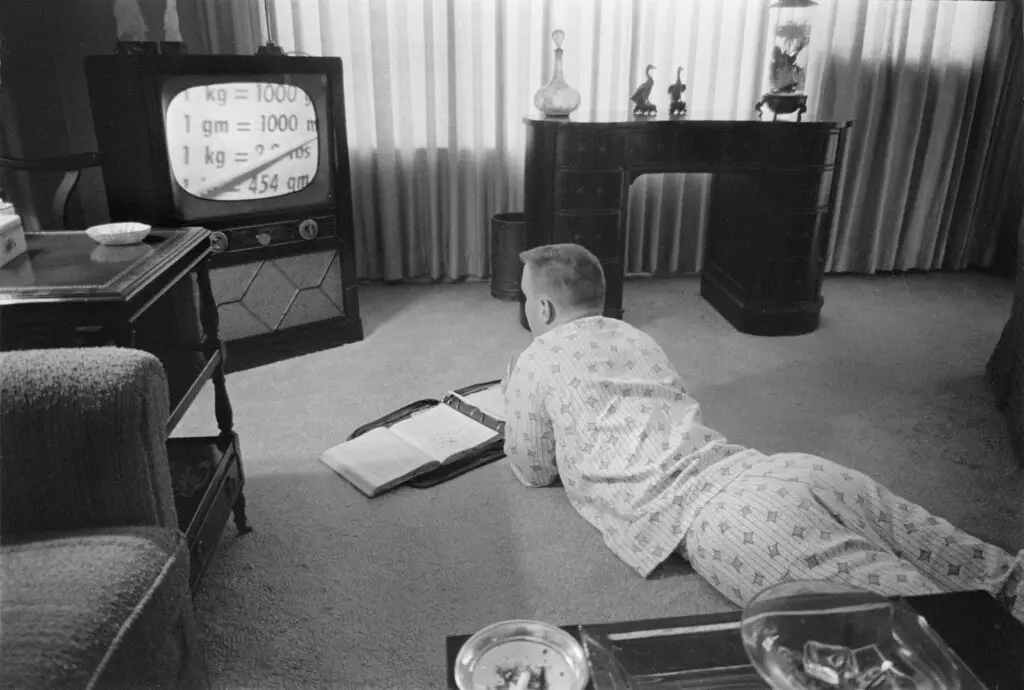
Television was a new and exciting medium in the ’50s, but it came with rules. Parents often set strict limits on how much TV their teenagers could watch. Shows were carefully chosen to align with family values, and anything too risqué or rebellious was off-limits. Programs like Leave It to Beaver and Father Knows Best were family favorites, promoting wholesome ideals.
Teenagers were expected to focus on homework or household chores before sitting down in front of the TV. Watching too much television was seen as lazy or unproductive. While teens today might binge-watch their favorite series, the ’50s had a much more controlled approach to screen time. It was yet another way parents maintained control over their children’s activities.
11. Politeness Was Mandatory
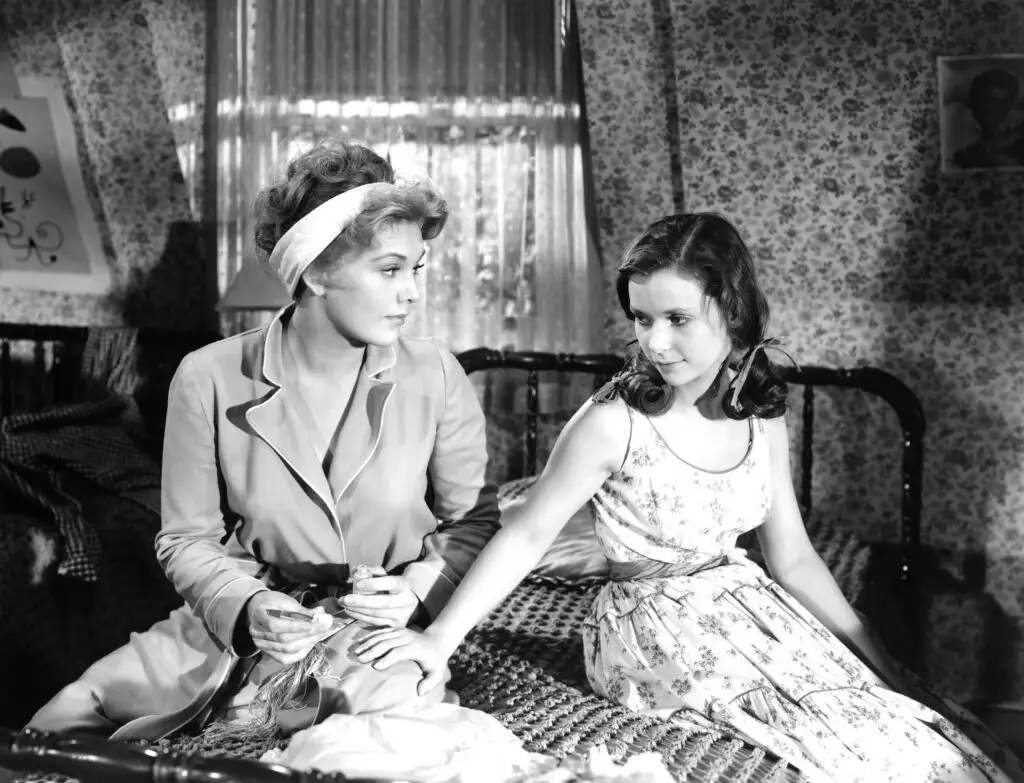
Teenagers in the ’50s were expected to be polite at all times. Saying “please” and “thank you” wasn’t optional; it was drilled into them from a young age. Respecting elders was a cornerstone of good behavior, whether that meant holding doors open, addressing adults formally, or standing when an elder entered the room. Any deviation from this standard could result in a stern reprimand.
At school, politeness extended to interactions with teachers and classmates. Gossiping, interrupting, or showing disrespect was not tolerated. For many teenagers, these rules felt restrictive, but they were considered essential for maintaining order and decency. Today’s more casual social norms would likely shock many parents from the ’50s.
12. Church Attendance Was Expected
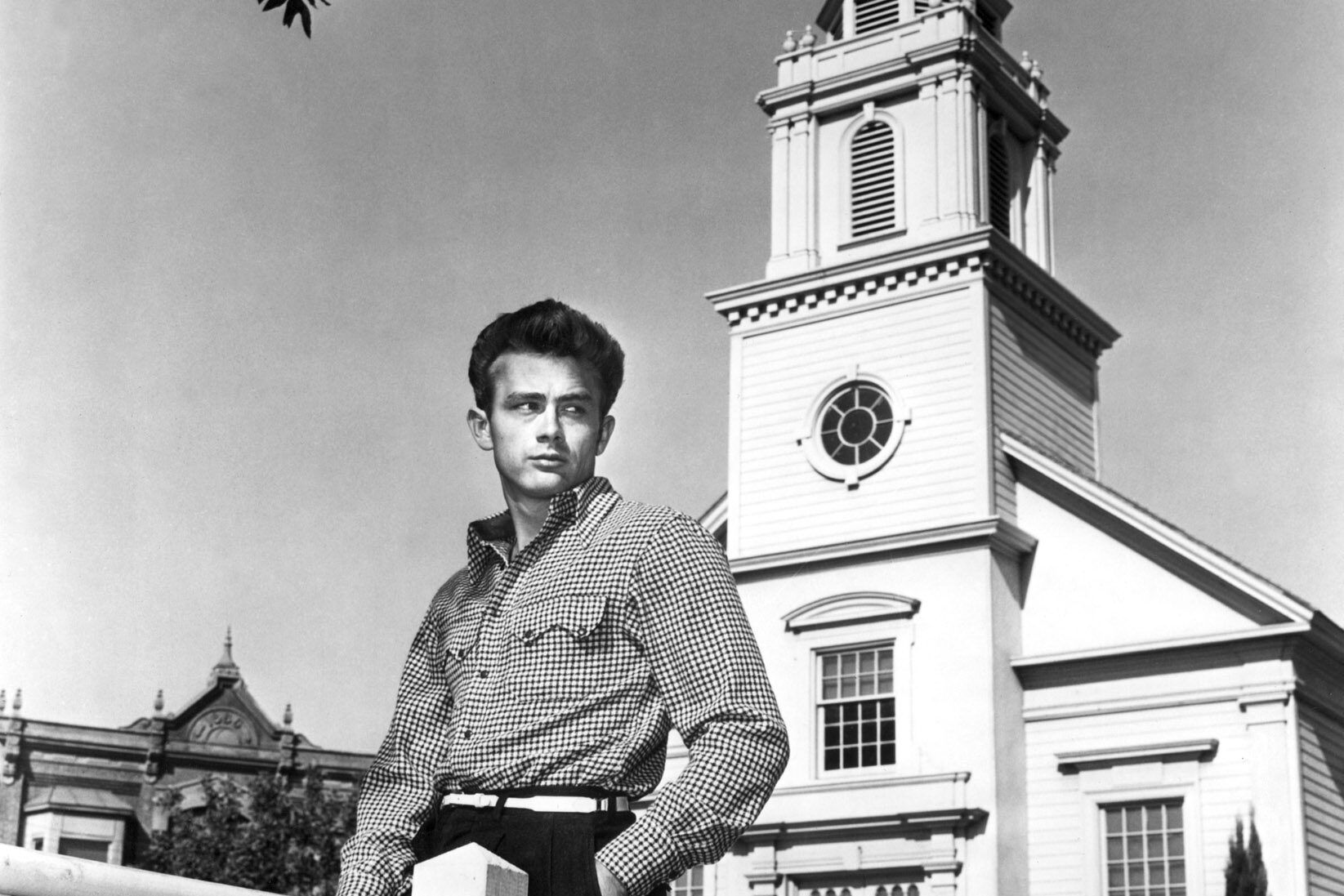
For many families in the ’50s, church was a central part of life, and teenagers were expected to attend regularly. Sundays often began with a church service, followed by Sunday school for the kids. Missing church without a good reason wasn’t an option for most families. It wasn’t just about faith; it was also about community and maintaining a good standing with neighbors.
Teenagers were also expected to participate in church activities, such as youth groups, choir, or charity events. These activities reinforced the values parents wanted to instill in their kids. For some teens, church was a chance to socialize, but for others, it felt like another obligation. Regardless of their feelings, skipping church wasn’t up for discussion.
13. Driving Had High Standards
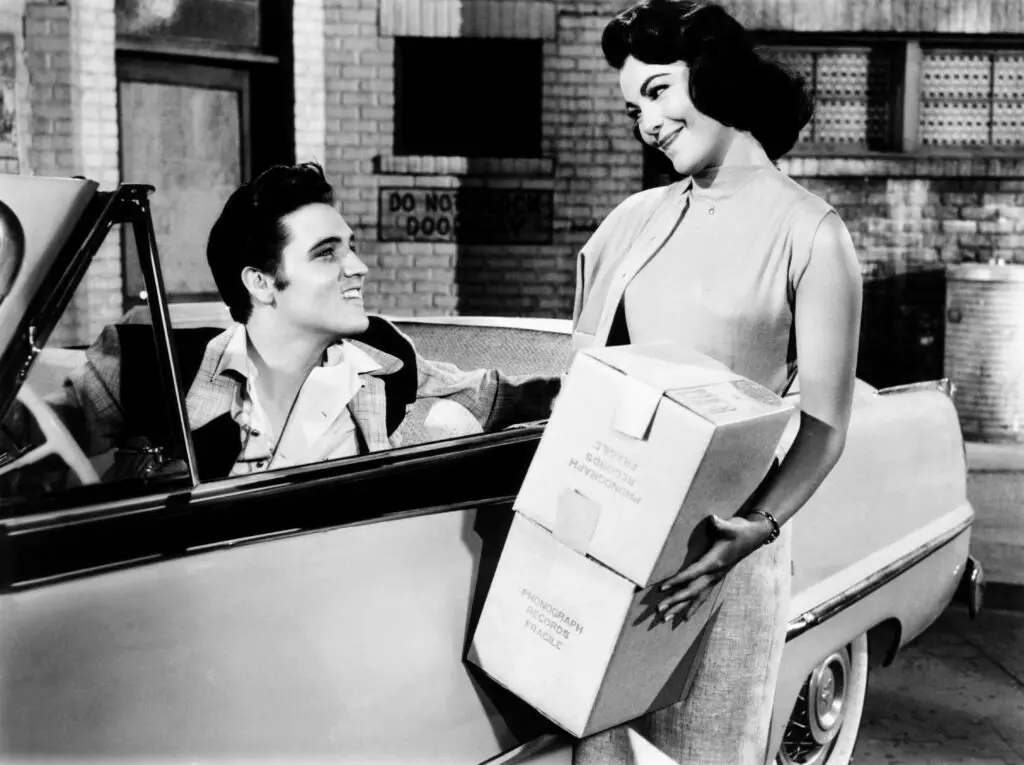
Getting a driver’s license in the ’50s was a major milestone, but it came with strict rules. Parents often set conditions on when and where teenagers could drive. Joyriding with friends wasn’t encouraged, and using the family car came with responsibilities, like filling up the gas tank and driving safely. Reckless driving could mean losing car privileges altogether.
Teenagers were also expected to use their licenses for practical purposes, like running errands for the family. Driving wasn’t about freedom as much as it was about responsibility. Today’s teens might see their cars as a gateway to independence, but in the ’50s, it was a privilege that came with strings attached.
14. Gossip Was a Serious Offense

In the tight-knit communities of the 1950s, gossiping could have serious consequences. Teenagers were often warned against spreading rumors, as it could damage not only their reputation but also their family’s. Parents emphasized the importance of keeping private matters private and avoiding idle talk about neighbors or classmates.
Girls, in particular, were often held to a higher standard when it came to gossip. They were expected to be examples of decorum and kindness, which meant steering clear of malicious chatter. While teenagers today might casually share news through social media, the ’50s had a more formal code of conduct when it came to personal matters.
15. Respect for Traditions Was Paramount

Teenagers in the ’50s were raised to honor family traditions, no matter how old-fashioned they seemed. This might include attending family dinners, participating in cultural events, or adhering to holiday rituals. Parents saw these traditions as a way to instill values and create a sense of unity within the family.
Skipping a tradition or showing disinterest wasn’t usually tolerated. Teens were expected to embrace these customs, even if they felt outdated or inconvenient. For many families, traditions were a way to bridge the generation gap and reinforce a shared identity. In today’s world, where individuality often takes precedence, such unwavering respect for tradition might seem unusual.
